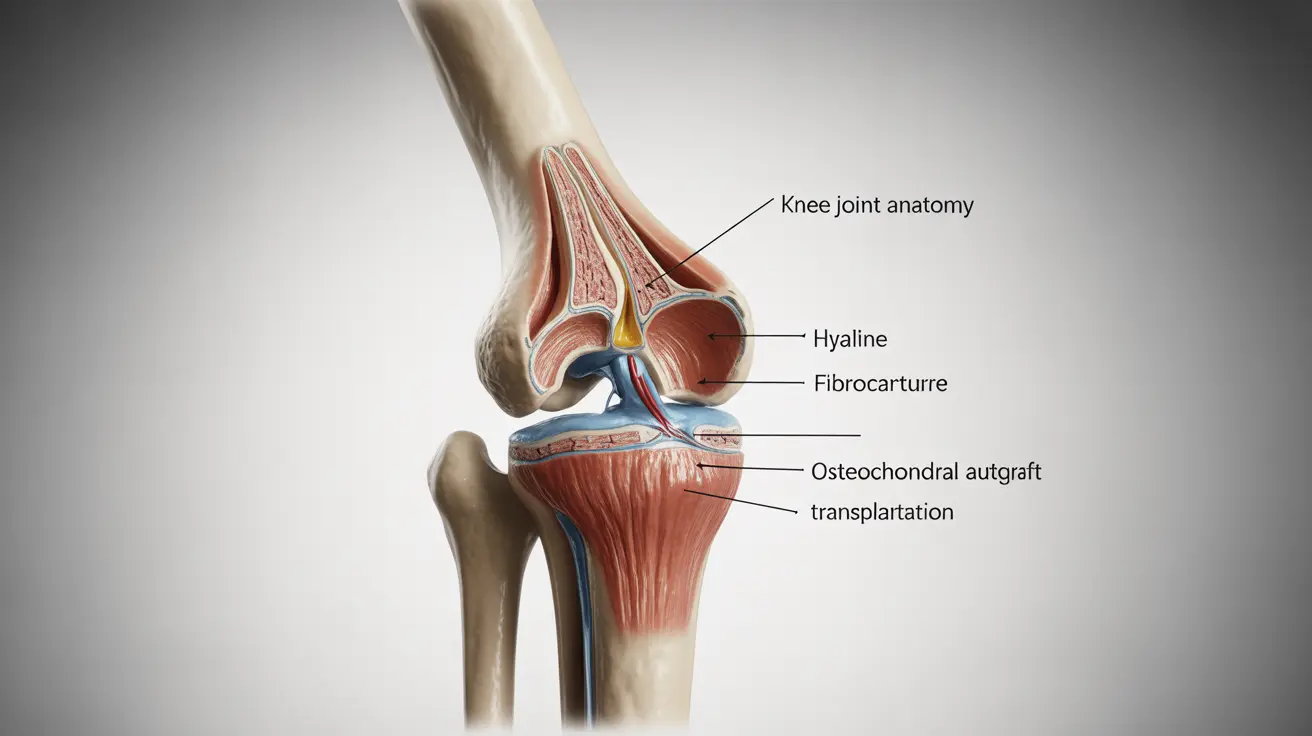How Amphetamines Affect the Body
Amphetamines work by increasing the release of neurotransmitters like dopamine and norepinephrine in the brain. Dopamine is associated with reward and pleasure, while norepinephrine regulates alertness, energy, and focus. This surge of neurotransmitters produces a powerful feeling of euphoria, mental clarity, and enhanced physical performance that amphetamine users quickly come to crave.
Signs and Symptoms of Amphetamine Addiction
As addiction develops, individuals exhibit physical, psychological, and behavioral changes:
- Physical: Weight loss, malnutrition, increased heart rate and blood pressure, dental problems, sleep disturbances, and hyperactivity.
- Psychological: Intense cravings, paranoia, irritability, mood swings, anxiety, and in severe cases, psychosis.
- Behavioral: Risky behaviors, social isolation, preoccupation with obtaining and using amphetamines, neglecting responsibilities, and financial difficulties.
Health Risks of Amphetamine Addiction
Short-term risks include cardiovascular problems, increased risk of overdose, and severe agitation. Long-term, amphetamine abuse can lead to organ damage (heart, kidney, liver), nutritional deficiencies, mental health problems, and an increased risk of infectious diseases.
Treatment Options
Amphetamine addiction treatment typically involves a multifaceted approach. This may include:
- Behavioral Therapies: Cognitive Behavioral Therapy (CBT) and motivational interviewing help individuals address negative thought patterns, learn coping skills, and prevent relapse.
- Medications: Currently, there are no specific FDA-approved medications for amphetamine addiction, but treatments may be used to manage withdrawal symptoms and concurrent mental health disorders.
- Inpatient and Outpatient Programs: Inpatient programs offer round-the-clock support, while outpatient options allow individuals to continue their daily lives during treatment.
Laboratory Testing for Amphetamines
Detection of amphetamines is done through urine, blood, or saliva tests. These tests are important for diagnosis, monitoring treatment progress, and drug screening programs. Detection windows vary, with urine tests generally demonstrating drug use for a few days.
If you suspect drug use is affecting you or a loved one, don't let uncertainty linger. Find clarity and take the first step towards addressing the problem with confidential amphetamine testing. Knowledge is power – empower yourself with information.
Conclusion
Amphetamine addiction is a devastating condition with severe physical and psychological consequences. With a comprehensive treatment approach that addresses the root causes of addiction, individuals can find the potential to reclaim their lives and achieve lasting recovery.




